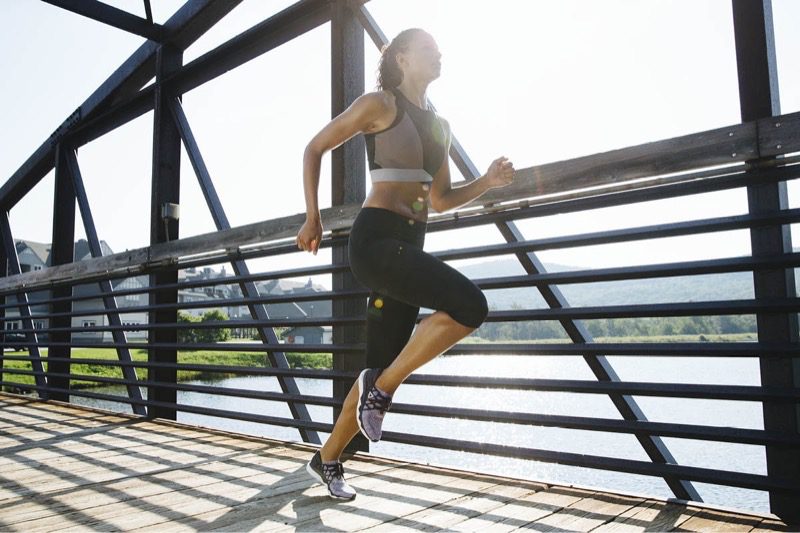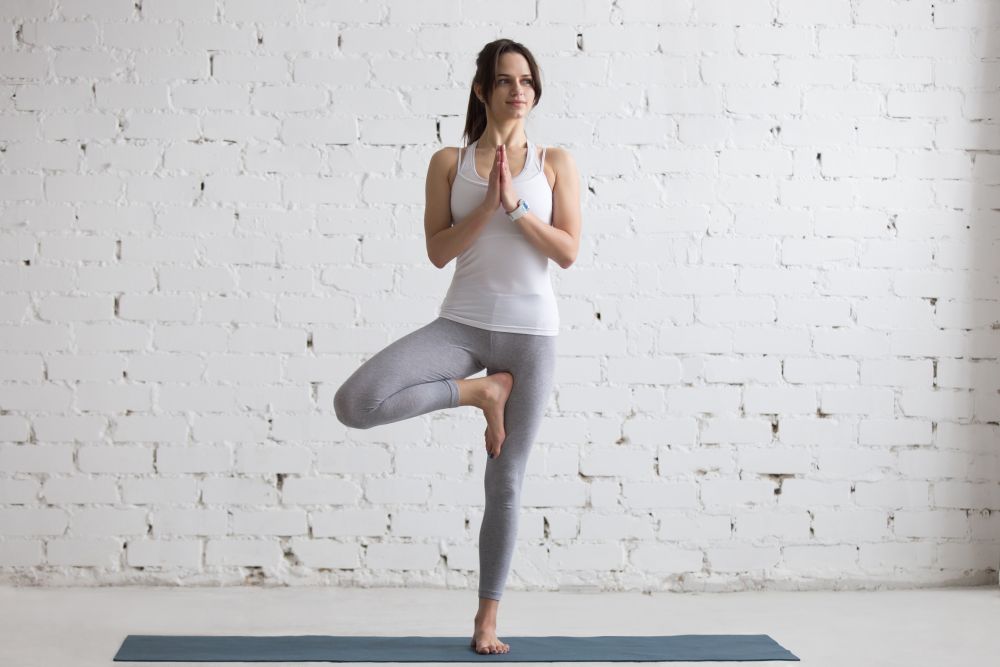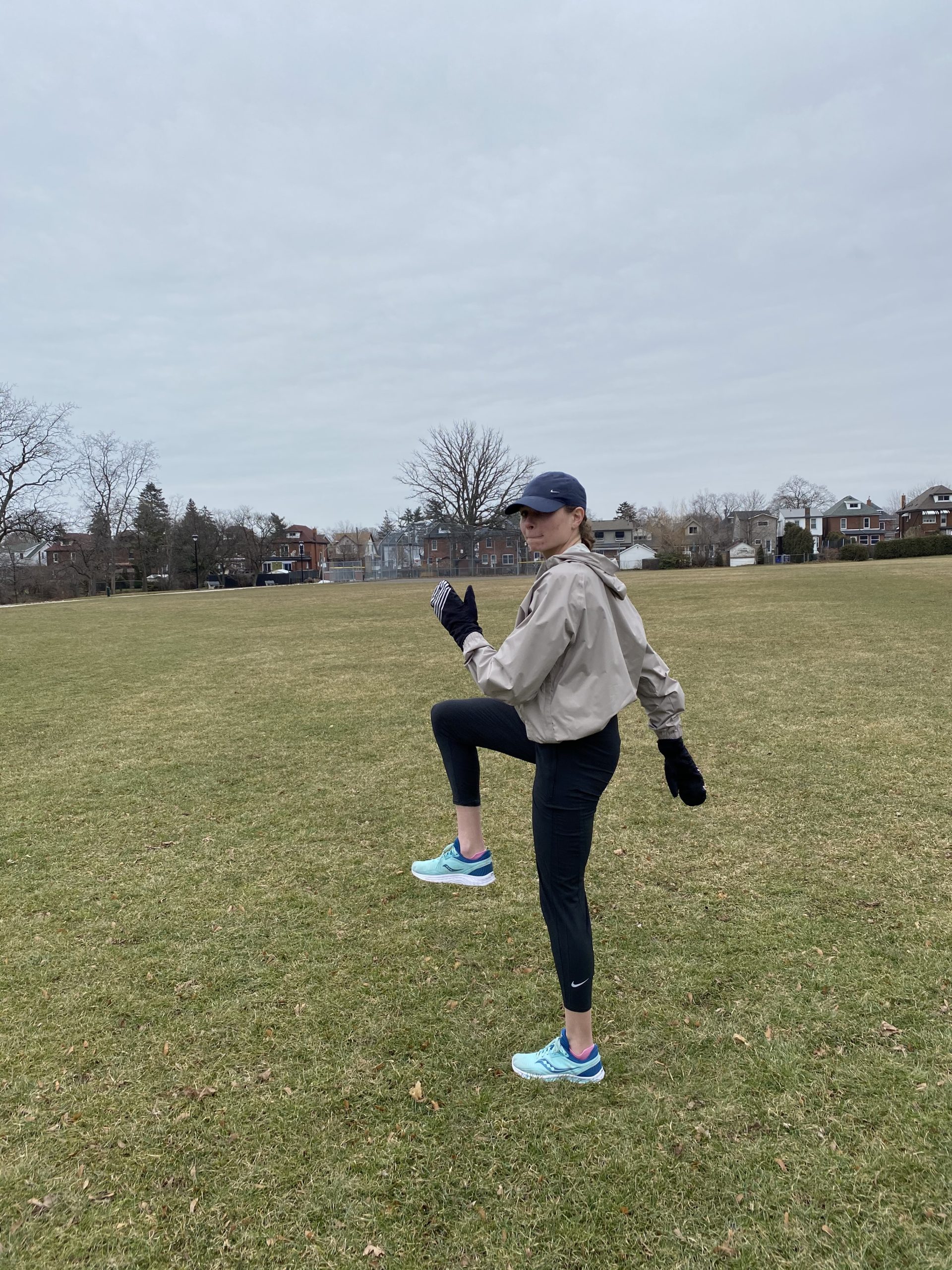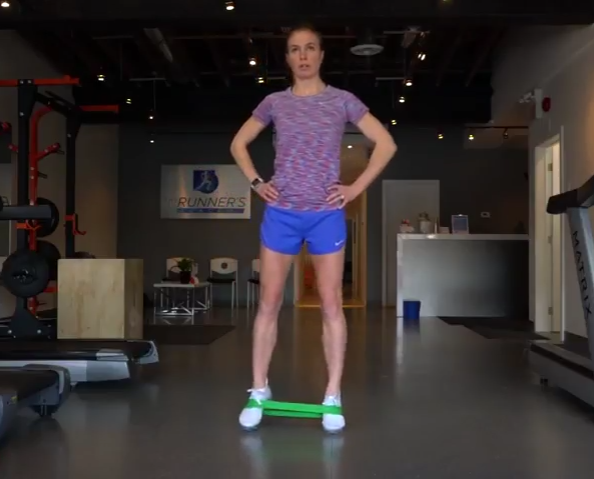Five balance exercises to make you a better runner
Better balance can improve your running form and decrease your risk for many common injuries

Training your balance may not be as exciting as a speedy track session or a heavy lift in the gym, but that doesn’t mean it’s any less important. Having good balance won’t improve your aerobic capacity or increase your strength and power to lead to a new PB, but it will improve your efficiency and decrease your risk for injuries, allowing you to train harder and with more consistency — two important factors in improving your performance. Use these five exercises to improve your balance to make you a better runner.

RELATED: Improve your balance to be a better runner
If you can, do the following exercises without shoes on, since the support from running shoes may give you a false indication of where you’re at with your balance. Going shoeless will also improve the strength of the muscles in your feet.
Engage you muscles
This is the first step to working on your balance — learning how to engage the right muscles in the right way. Use the following steps to accomplish this:
- Stand on two feet, hip-width apart.
- Try turning your legs outward without moving your feet, effectively “screwing” your feet into the ground. You should feel the arch of your feet start to come up slightly.
- Engage your glutes, push your hips forward slightly and engage your core, keeping your shoulders relaxed and down. Hold this for 30 seconds.

Single-leg balance
Using the same steps outlined above, engage your legs and core, then slowly raise one leg into the air. Your foot doesn’t have to come up high, a few inches is enough to start. Hold this pose as long as you can without falling. Once you’re able to balance on each side for 30 seconds, you can challenge your balance more by looking around (up, down and side to side) while you’re standing, moving your arms around and eventually closing your eyes. While you’re doing this, always remember the steps you learned in the first exercise, and continue to “screw” your foot into the ground, engaging your entire supporting leg.
RELATED: 7 single-leg exercises for injury prevention
Leg swings
There are two main phases in a running stride: the swinging phase (when your leg is swinging from back to front) and the stance phase (when your foot is landing on the ground and supporting the swinging leg). It’s important to train your balance through both phases, which is where standing leg swings are useful:
- Stand next to a door frame, fence, chair, or something you can use for support.
- With your support on your right, lightly brace yourself with your right hand and gently swing your right leg 10 degrees forward and backward, staying in control of the swing and gradually working your way up to 30 degrees. Switch legs.
- Once you’ve mastered that, step away from the support and swing without holding on.

Standing banded leg raises
Adding some resistance can help you better engage your hip flexors and stabilizer muscles, improving your balance even further and reducing your risk for injuries.
- Wrap a light exercise band around your ankles and stand with your feet hip-width apart.
- Using the same steps from above, engage your leg muscles and press one leg out to the side, using the band as resistance. Hold for up to 30 seconds.
RELATED: 7 ways to improve your running performance that don’t involve running
Side-to-side bounding
This is a very challenging move and is an excellent way to train functional balance (balance while you’re moving). Because it is so advanced, it should only be done once you’ve worked through the previous four exercises.
- Start standing on your right leg in a runner’s stance, with your left leg slightly bent.
- Jump to your right leg, swinging your left arm.
- Land on your right leg, holding the runner’s stance, with your knees straight ahead and your pelvis level, with your torso facing the appropriate direction.
- Once you’re able to hold the stance when you land, you can start jumping in different directions — front to front, diagonally and side-to-side.


